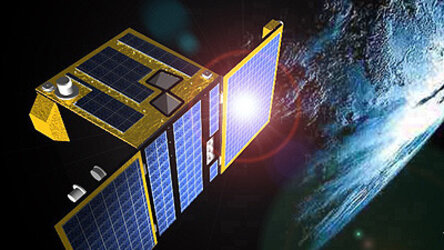Space technology spin-off aids mining
Dutch company EstrellaSat, supported by ESA business incubation centre, is using space technology to raise the productivity and safety of heavy-duty mining machines. Full-scale field trials began in August at an open mine in the Andes and at the world’s biggest copper mine in the Atacama Desert.
At the El Brocal mine in Peru, 10 huge haulage lorries are connected wirelessly to the mine’s control centre and via satellite to a control centre in the Netherlands for the machines and their drivers to be continuously monitored for rapid intervention in case of problems.
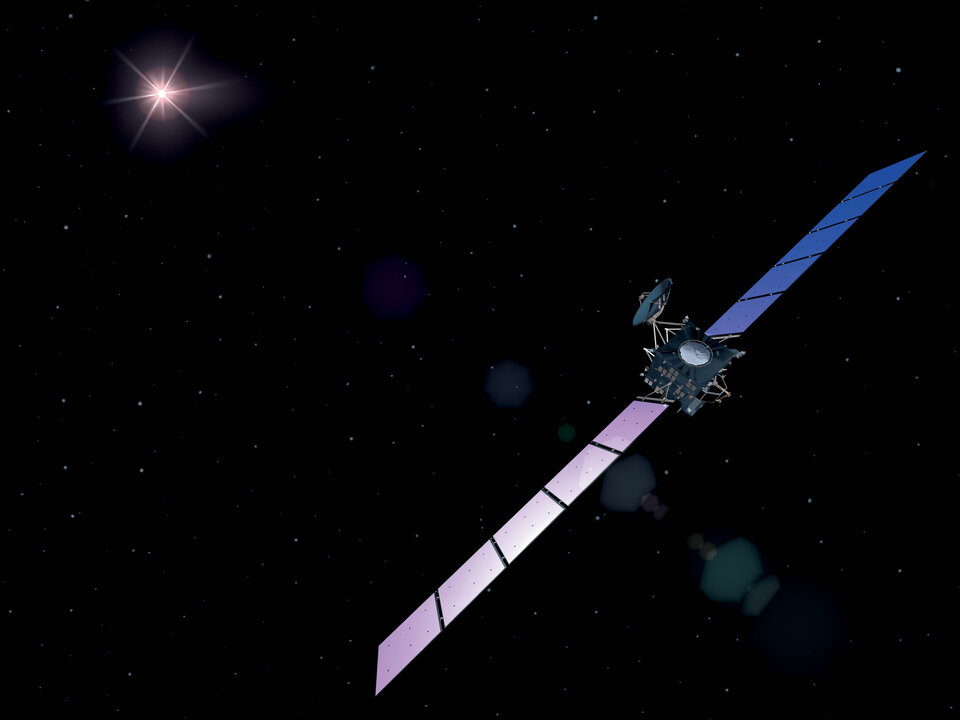
To do this, complex space technology originally developed to communicate with distant satellites has been tailored to provide highly reliable data links to guarantee secure communications.
EstrellaSat is supported at ESA’s Business Incubation Centre Noordwijk, the Netherlands, under the Agency’s Technology Transfer Programme. Here, business expertise helped the company during its formation and ESA engineers provide advice on satellite communications.

The system has been already tested with Caterpillar trucks in collaboration with ESA telecommunications specialists and Caterpillar engineers.
“We focus on providing the means to increase the productivity of earth-moving and mining operations in remote areas of the world, often difficult to reach by conventional terrestrial communication systems,” explains Jean Verhardt, inventor of the system and Managing Director of EstrellaSat BV.
“Our transmission platform is partly based on technology originally developed to overcome errors and loss in communication with distant spacecraft.”
Testing in Chile and Peru
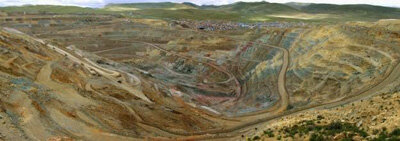
“Now we are performing a fully integrated telecommunication and driver-fatigue field trial with our customer, Stracon SAC, at their open-pit mine at El Brocal, at 4500 m altitude in Peru’s Andes Mountains,” says Mr. Verhardt.
“We have installed our system on five heavy off-road 250-tonne Caterpillar haulage trucks operating in the open-cut mine itself, and five lighter 35-tonne road trucks used to transport ore from the mine to the processing facility.”
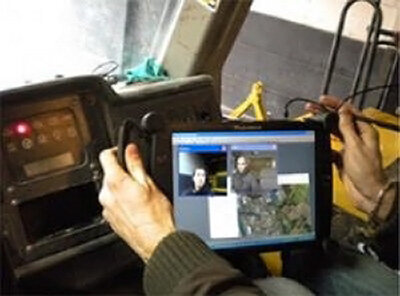
A computer from EstrellaSat monitors each lorry and its driver, and sends the data to the control centre of the local mining site and via satellite to EstrellaSat’s control centre in the Netherlands, simulating a mining company’s corporate control centre for all its worldwide mining operations. Up to 300 parameters can be monitored by the system.
The lorry’s health and even tyre pressures can be connected to the EstrellaSat system. Sensors also keep an eye on the driver’s well-being by measuring key body parameters such as heart rate and skin temperature. A ‘driver-fatigue system’ sends a warning if something is not right. In addition, a satnav receiver shows if the driver has fallen from his cab.
Detecting worker fatigue
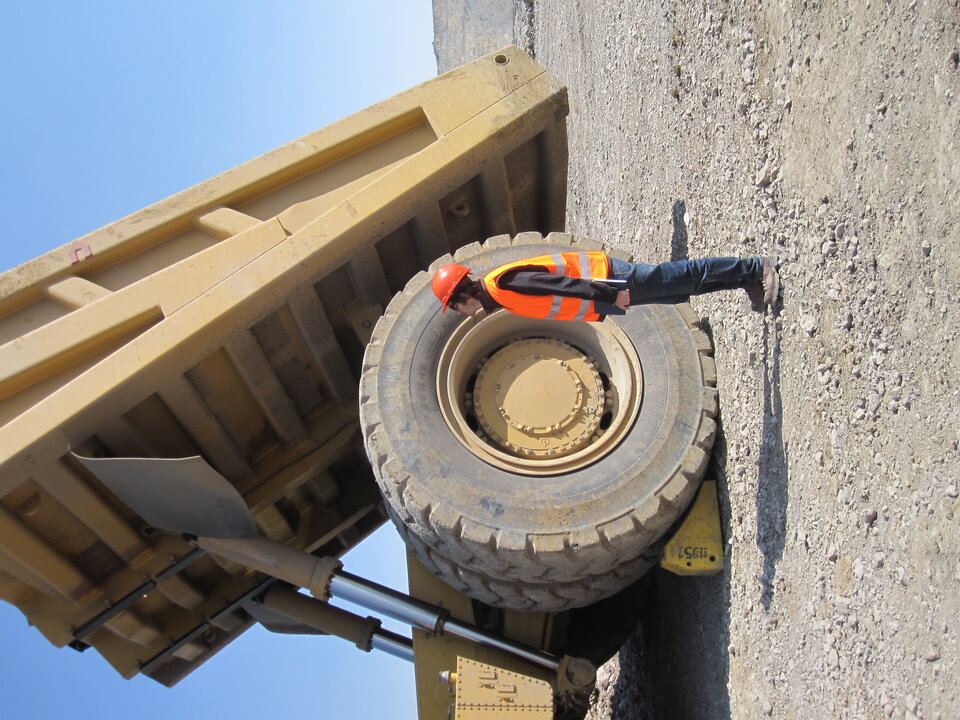
“We have a special very accurate system to monitor the driver’s health. It signals both to the local control operators and to our control centre in the Netherlands when a driver is beginning to suffer from fatigue,” explains Mr. Verhardt.
“We know at least 20 minutes before the driver himself of the onset of fatigue. This has major implications for mine safety.”
“EstrellaSat’s new mine telecommunications service promises to give mine operators the tools to greatly speed up operational data delivery from the workface to management,” says Steve Dixon, CEO of Stracon.
“Mine information systems that gather and deliver mine despatch, machine health, operator fatigue and human safety information are crucial tools that management needs to operate a modern mine to the highest possible standards of safety and productivity.”
“We will monitor the EstrellaSat field trial at El Brocal closely to determine the extent to which the faster and more detailed delivery of workface information to management results in greater mine productivity, higher human safety standards and fewer cases of operator fatigue.”

In parallel, another part of the EstrellaSat system is being used in a trial with another customer at the world’s biggest copper mine in Chile’s Atacama Desert.
Here, the mining company has a number of offsite geological survey teams operating up to 300 km from the main site. The field trial will connect one of these teams to the main mine centre using a mobile broadband satellite link.
Both trials are being carried out as part of sales contracts with the mine companies and a support contract with ESA’s Telecommunication Laboratory.
Space expertise for development

“We have been supporting EstrellaSat since the early stages of the company’s incubation at ESTEC with the system definitions and technology trade-offs, particularly in the selection and validation of hybrid satellite/terrestrial communications solutions,” says Nader Alagha, ESA communications system engineer.
Colleague Olivier Smeyers adds, “ESA Telecom Lab also supported EstrellaSat in 2009 with the first proof-of-concept based on a satellite link and EstrellaSat’s end-to-end telecommunication and driver-fatigue monitoring system for heavy-duty mining machines.”
“We have continued our collaboration with EstrellaSat by implementing new test scenarios and using cases based on EstrellaSat communication technology.”
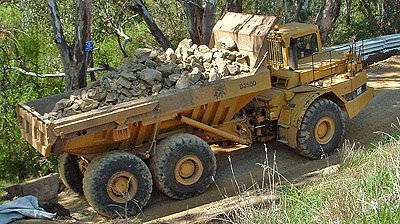
EstrellaSat has already acquired venture capital for their business development from the Dutch LIOF Industriebank. Investment manager Dr Steven Goetstouwers, says,“A fast-growing startup like EstrellaSat needs a reliable equity partner to fund its growth, and to guide and advise the entrepreneur on a range of vital commercial, funding and financial issues.
“With the company’s solid focus on providing satellite telecommunications infrastructure for the booming mining sector around the world, weanticipate that the growth of the business will occurat a very fast pace.”
ESA Business Incubation Centres
ESA’s business incubation is one of the major initiatives of the Technology Transfer Programme Office (TTPO). As part of its endeavour to encourage the transfer and commercialisation of space technologies, four BICs have been set up in the Netherlands, Darmstadt and Oberpfaffenhofen in Germany, and near Rome in Italy.
The centres support selected entrepreneurs with comprehensive commercial and technical assistance to help them to start up businesses that use space technology in non-space industrial, scientific and commercial fields.
The TTPO’s main mission is to facilitate the use of space technology and space systems for non-space applications and to demonstrate the benefit of the European space programme to European citizens.
The office is responsible for defining the overall approach and strategy for the transfer of space technologies, including the incubation of start-up companies and their funding. For more information, please contact:
ESA’s Technology Transfer Programme Office
European Space Agency
Keplerlaan 1
2200 AG, Noordwijk
The Netherlands
Tel: +31 71 565 6208
Email: ttp@esa.int







